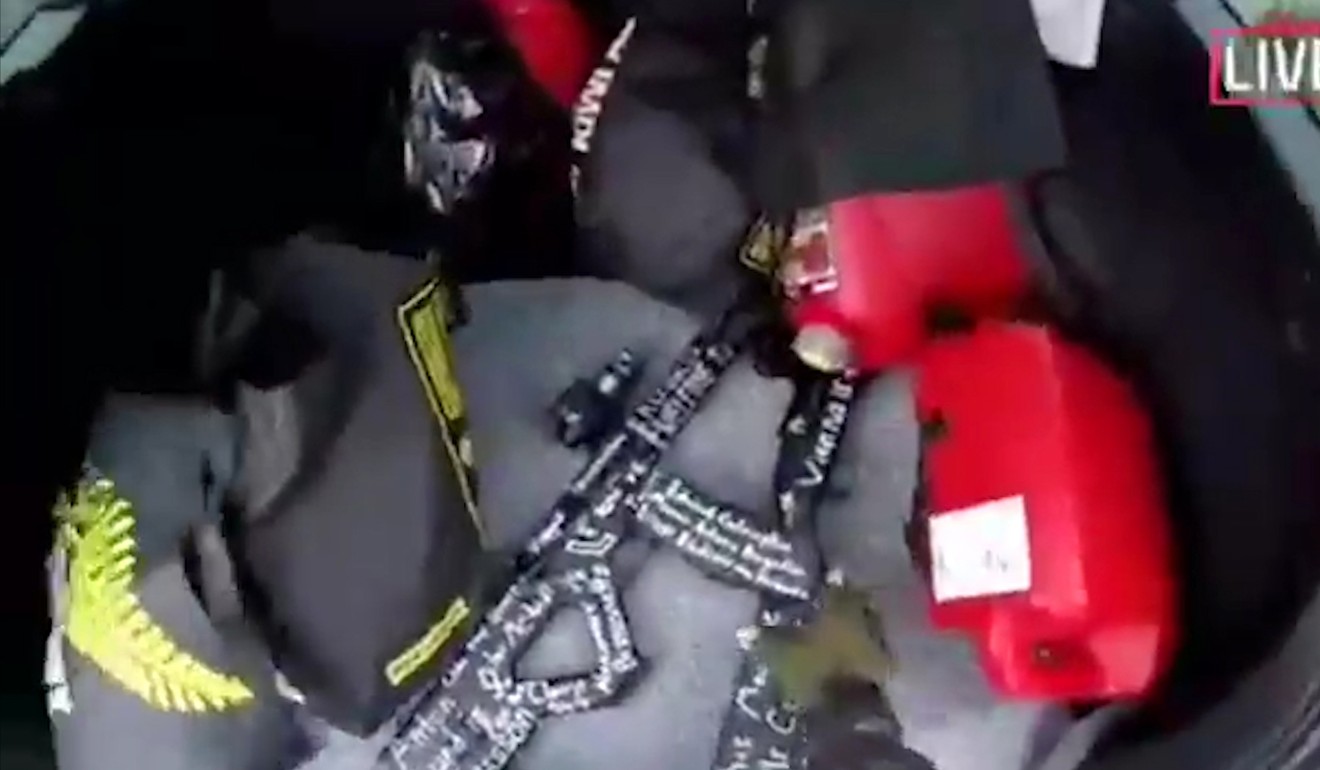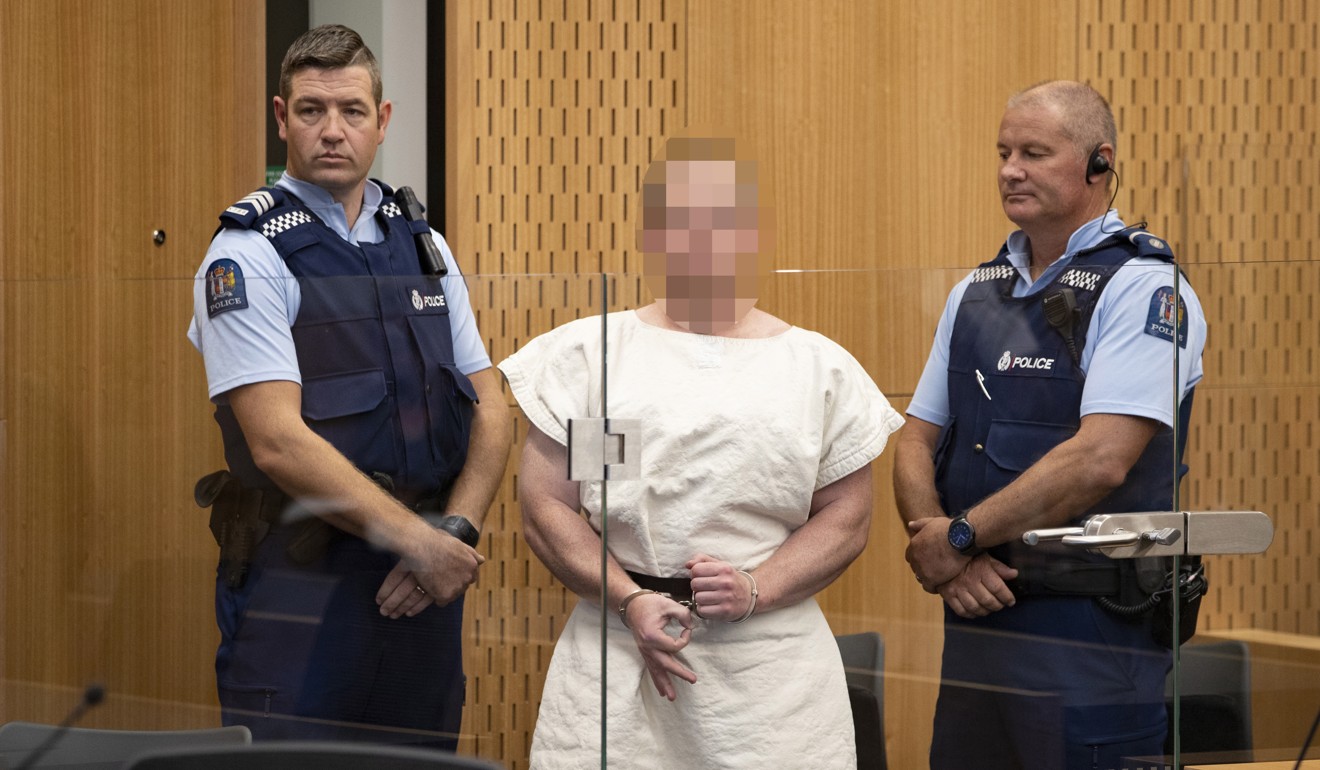
Five Eyes fail: Christchurch attack exposes how little intelligence US and allies share on domestic terror threats
- The so-called Five Eyes routinely share highly classified intelligence about al-Qaeda or Islamic State
- But there’s no comparable arrangement for sharing intelligence about domestic terrorist organisations
The United States and its closest allies have spent nearly two decades building an elaborate system to share intelligence about international terrorist groups, and it has become a key pillar of a global effort to thwart attacks.
But there’s no comparable arrangement for sharing intelligence about domestic terrorist organisations, including right-wing extremists like the one suspected of the killing of 50 worshippers at two mosques in Christchurch, New Zealand, according to current and former national security officials and counterterrorism experts.
Governments generally see nationalist extremist groups as a problem for domestic law enforcement and security agencies to confront.
In the United States, that responsibility falls principally to the FBI.
But increasingly, nationalist groups in different countries are drawing inspiration from each other, uniting in common cause via social media, experts said.
Brenton Harrison Tarrant, the 28-year-old suspected gunman in Christchurch, posted a manifesto full of rage on Twitter in which he cited other right-wing extremists as his inspiration, among them Dylann Roof, who killed nine black church-goers in Charleston, South Carolina, in 2015.
He also sent the manifesto to the office of New Zealand Prime Minister Jacinda Ardern minutes before attack, she said.
Her office was among more than 30 New Zealand parliamentary email addresses that received the document on Friday.
The document did not include a location or specific details about the attack.

The intelligence services of New Zealand and the United States – along with those in the United Kingdom, Canada and Australia – enjoy a close working relationship.
The so-called Five Eyes routinely share highly classified intelligence about al-Qaeda or Islamic State, gleaned from their respective networks of surveillance systems and human spies.
Some experts say the allies need to think about how they can turn their resources toward threats that may live within their borders but arguably threaten their common security.
New Zealand mosque massacre suspect Brenton Tarrant flashes ‘white power’ sign in court, as PM Jacinda Ardern vows ‘gun laws will change’
“With its mix of global inspiration and local action, far-right extremism has inspired killings inside the US and every one of the Five Eyes, ranging from mass shootings and bombings to assassinations of political leaders,” said P.W. Singer, a counterterrorism researcher and strategist at New America, a think tank in Washington.
“The sad events in New Zealand illustrate why we have to have the political bravery to stop ignoring what is a real terrorist threat that has killed more Americans than even ISIS.”
Current and former officials said that if the United States had intelligence about an imminent attack by domestic radicals in another country, it would quickly alert authorities there. But as a routine matter, the countries’ intelligence services are not exchanging information.

Officials in the Five Eyes countries do discuss the rise of nationalist groups, but the topic doesn’t feature nearly as prominently as threats from transnational organisations, said Nicholas Rasmussen, the former director of the National Counterterrorism Centre.
“We talked about it in terms of how the process of radicalisation in various forms of extremist groups compares to each other but not in the context of specific cases or intelligence exchanges,” he said.
The Christchurch shooting may lead officials to reconsider that approach.
“In my own view, it is worth exploring whether and how much overseas collaboration and cooperation takes place between individuals and groups involved in domestic extremism and terrorism activities in each of our countries, because there is clearly an alignment of ideological views and agendas between at least some of these subjects,” Rasmussen said.
At least in the United States, sharing information about individual suspects would be complicated by privacy law and regulations that restrict what US intelligence agencies can collect about citizens and permanent residents in the country.

But the Five Eyes countries are collecting information that speaks to trends, including how nationalists are becoming radicalised, the common grievances they share and the methods they’re using to communicate when they do try to forge alliances.
That information, experts said, could be shared more easily among nations with an eye toward improving their efforts to prevent attacks and, in the long run, counter radical ideologies and stop susceptible people from joining the ranks of militant groups.
“These groups are obviously learning from each other,” said Joshua Geltzer, who served as the senior director for counterterrorism at the National Security Council staff during the Obama administration. He said that the United States was not likely to know as much about domestic radical groups in New Zealand as the island country’s security services do, so on a practical level there may not be much tactical intelligence to share.
But countries talk to each other about the broader trends they’re seeing, including how domestic radicals are learning from each other, who they cite as their inspiration and where they are congregating online, Geltzer said.
World reacts to ‘horrific’ New Zealand mosque massacre by Brenton Tarrant with sorrow, solidarity and fury
That effort may face resistance from US President Donald Trump, who has played down the threat from white nationalism in the United States and abroad.
“I think it’s a small group of people that have very, very serious problems. It’s certainly a terrible thing,” Trump said during an exchange with reporters in the Oval Office on Friday.
Former US officials said the Trump administration should prioritise restoring positions and task forces that were trying to address the domestic terrorism threat until they were sidelined after he took office.
“This attack should have us asking ourselves whether or not we have a sufficient whole-of-government approach to this evolving terrorism threat,” said Lisa Monaco, who served as the homeland security adviser to President Barack Obama.
Additional reporting by The Guardian

